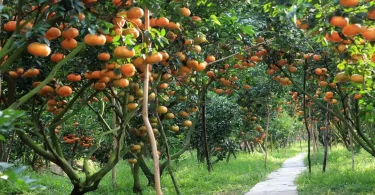Introduction: Why Grow Your Own Edible Plants?
Growing your own edible plants offers countless benefits that enrich your life and well-being. You gain access to fresh, organic produce right from your backyard, balcony, or windowsill, ensuring you know exactly where your food comes from. It’s an opportunity to save money on groceries, especially as food prices continue to rise. Gardening also helps reduce your carbon footprint by cutting down on the transport and packaging associated with store-bought produce. Plus, it boosts your physical and mental health as you connect with nature and immerse yourself in a rewarding hands-on activity. Gardening truly plants the seeds for healthier living.
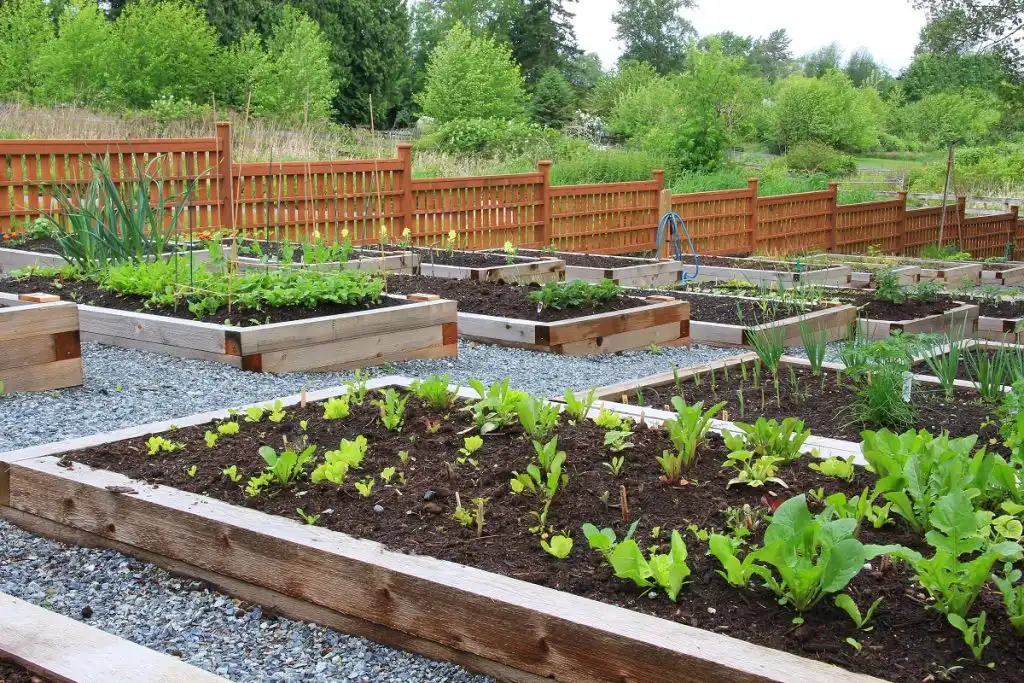
The Benefits of Starting with Beginner-Friendly Edible Plants
Choosing beginner-friendly edible plants allows you to ease into gardening with confidence. These plants typically require less specialized care, making them perfect for busy schedules. You’ll find they adapt to various soil conditions and thrive in different climates, helping ensure a high success rate. With quick germination and harvest cycles, you experience the joy of growing and eating fresh produce sooner.
Starting simple also helps sharpen your gardening skills. As you observe growth patterns, learn watering techniques, and handle pests, you build knowledge for more complex crops. You’ll also save money on grocery bills while enjoying the satisfaction of growing your own food.
Herbs That Practically Grow Themselves: Basil, Mint, and Chives
Growing basil, mint, and chives is effortless and rewarding for gardeners of all skill levels.

Basil
- Plant basil in well-drained soil with plenty of sunlight.
- Water regularly but avoid over-saturating the soil.
- Pinch off flowering tips to encourage leaf growth.
Mint
- Mint thrives in partial sunlight and moist, rich soil.
- Use a pot or container to prevent it from spreading excessively.
- Harvest leaves frequently for better flavor and bushier plants.
Chives
- Chives grow best in full sun but tolerate light shade.
- Keep the soil damp but not soggy.
- Snip leaves close to the base for ongoing harvests.
These herbs are flavorful additions to dishes and require minimal care!
Lettuce and Spinach: Fast-Growing Greens for Every Season

Lettuce and spinach are perfect choices for any beginner gardener like you. They grow quickly, thrive in various climates, and can be harvested multiple times throughout their growing season. These leafy greens don’t require much space, making them ideal for small gardens or container setups.
Reasons to Grow Lettuce and Spinach:
- Quick Growth: Both mature within 30-60 days.
- Cool-Season Crops: You can plant them in spring, fall, or even winter with proper protection.
- Continuous Harvest: Cut individual leaves or harvest whole heads—new growth follows soon after.
- Versatile: Use them for salads, sandwiches, smoothies, and soups.
Ensure you keep the soil moist, provide partial shade in hot weather, and watch these greens flourish effortlessly!
Tomatoes: The Ultimate Starter Fruit for New Gardeners

Tomatoes are a fantastic choice for beginner gardeners because they are relatively low-maintenance and highly rewarding. You can grow them in raised beds, containers, or directly in the ground, making them versatile for any space.
Here’s why you should start with tomatoes:
- Ease of growth: They thrive in sunlight and need basic watering once the soil dries.
- Variety: Choose from cherry, heirloom, or Roma varieties based on your preference.
- Quick results: Some varieties ripen within 50–70 days.
Start with seedlings to simplify the process, and remember to stake or cage your plants for support as they grow.
Cucumbers: Low-Maintenance and High-Yield Crops for Beginners
Cucumbers are ideal for beginner gardeners due to their forgiving nature and productivity. You can grow them in containers, raised beds, or directly in your garden soil. Ensure the plant receives full sunlight for at least six to eight hours daily. Use well-drained, nutrient-rich soil as cucumbers thrive in slightly acidic to neutral pH levels.
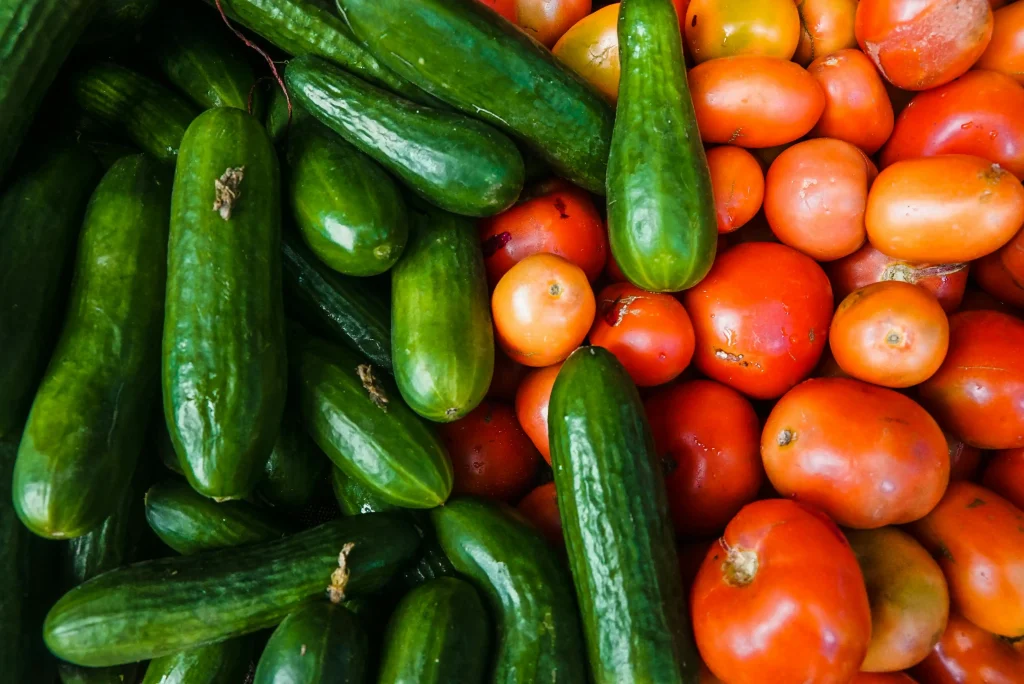
Efficient watering is key; keep the soil evenly moist but avoid waterlogging to prevent root rot. Consider trellising to save space and improve airflow around the vines. Regularly harvest mature cucumbers to encourage more fruit production. This fast-growing crop is perfect for salads, pickling, or blending into refreshing drinks.
Radishes: The Quickest Edible Plant to Harvest
Radishes are one of the fastest-growing vegetables, making them perfect for beginner gardeners like you. These root vegetables often take as little as 20 to 30 days from planting seeds to harvest. You can grow them in almost any season, but they thrive in cooler weather.
Why Choose Radishes?
- Quick Results: Radishes provide nearly instant gratification, ideal for new gardeners.
- Low Maintenance: They require minimal care—just water and sunlight.
- Space-Friendly: You can grow them in garden beds or containers.
Tips for Growing Radishes
- Plant Seeds Directly: Sow them about ½ inch deep in loose soil.
- Thin Early: Thin seedlings to give each plant space to develop.
- Harvest on Time: Pick them before they over-mature to avoid woody textures.
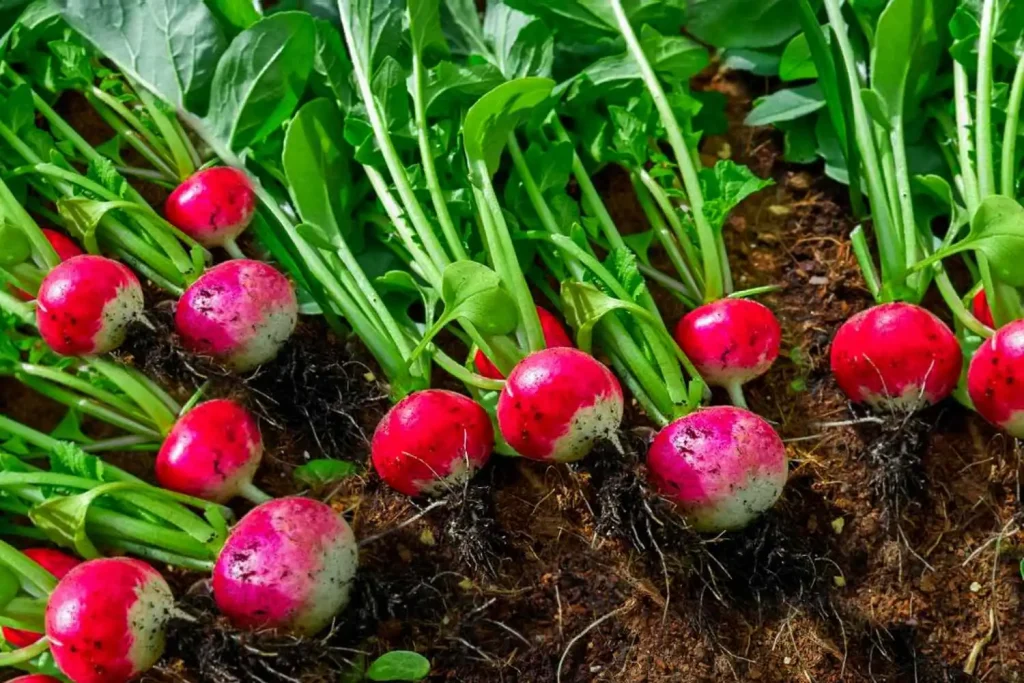
Radishes offer a satisfying and quick reward for your gardening efforts.
Zucchini: The Perfect Summer Squash for Easy Gardening
Zucchini is an excellent choice for beginner gardeners due to its low-maintenance nature and high yield. You can plant zucchini in a sunny spot with well-draining soil after the last frost date. This plant thrives in warm weather, so ensure temperatures remain above 60°F for optimal growth.
When watering, aim for consistent moisture but avoid overwatering, as soggy soil can cause root rot. Zucchini plants often produce fruit within 45–55 days, giving you a quick reward for your effort.
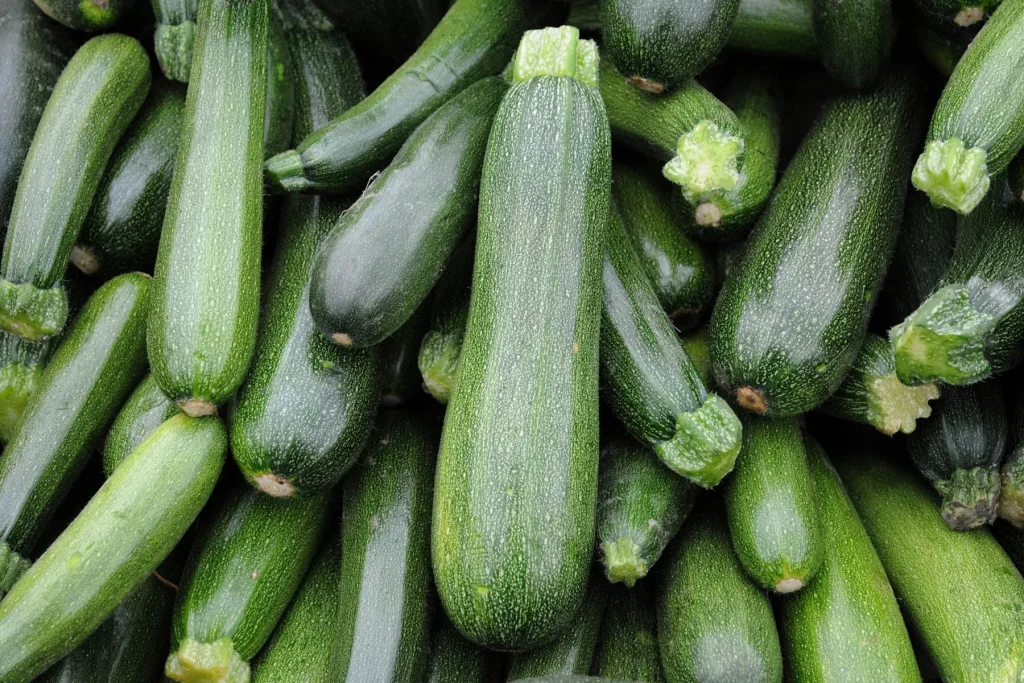
To ensure a bountiful harvest:
- Space plants 2-3 feet apart to allow good air circulation.
- Check leaves frequently for pests like squash bugs or powdery mildew.
Expect a prolific harvest, perfect for grilling, baking, or spiralizing.
Bell Peppers: Colorful, Nutritious, and Beginner-Friendly
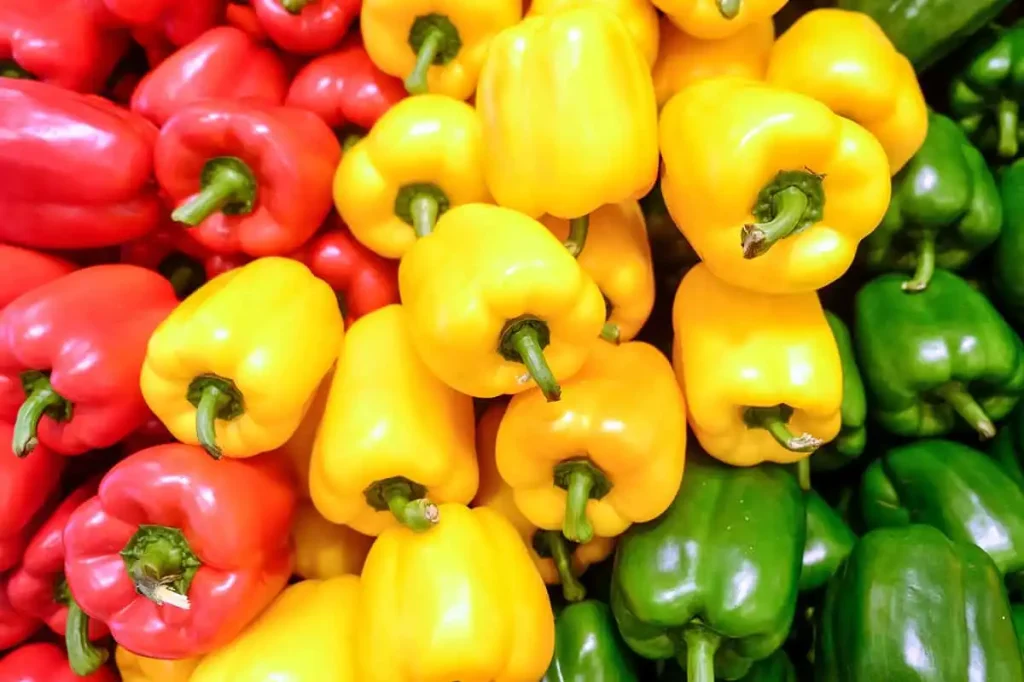
Bell peppers are an excellent choice for beginner gardeners. They thrive in warm weather and require minimal maintenance, making them easy to grow. You’ll love their vibrant variety of colors—green, red, yellow, and orange—that add beauty to your garden and your meals.
To get started, plant them in well-draining soil in a sunny spot. Use a balanced fertilizer weekly to encourage growth. Water them consistently, ensuring the soil stays moist but not soggy. Harvest time is flexible—you can pick them young and green or wait for full ripeness when they’re sweeter and more flavorful.
Green Beans: Climbing or Bush Varieties for Your Garden
When choosing green beans for your garden, you’ll need to decide between climbing (pole) and bush varieties. Climbing beans grow on tall vines and require a trellis, while bush beans are compact and can thrive without additional support.
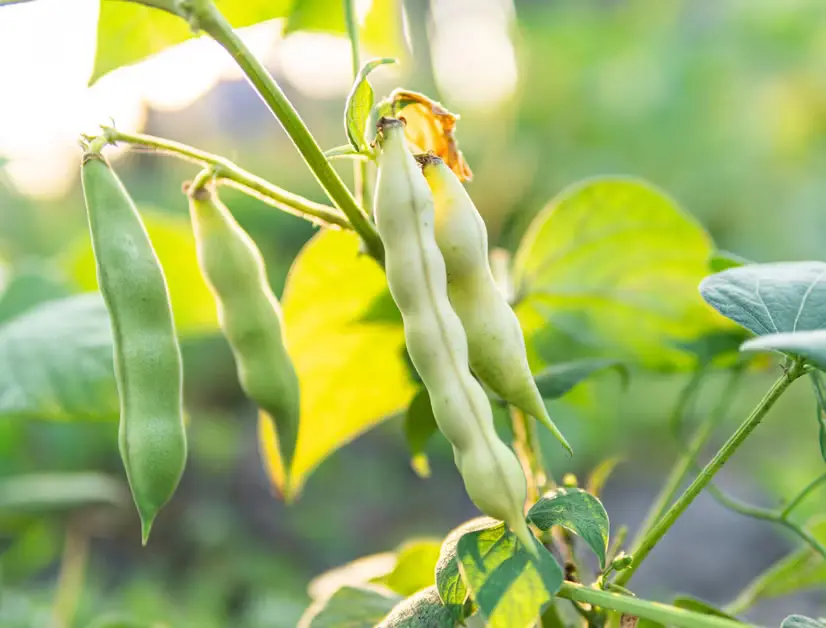
Consider These Key Differences:
- Climbing Beans: Perfect for small spaces since they grow vertically. They produce beans over a longer period, allowing for a steady harvest.
- Bush Beans: Ideal for quicker yields and limited maintenance. These are well-suited for gardeners seeking a concentrated harvest within a few weeks.
Evaluate your garden size, time commitment, and preferences when selecting your variety. This ensures healthy, productive plants with a harvest that fits your needs.
Carrots: Sweet and Simple Root Vegetables
Carrots are an excellent choice for beginner gardeners due to their easy-to-grow nature and versatility. You’ll find them thriving in well-drained soil and sunny locations. Choose a spot with loose soil to allow the roots to grow straight and uninterrupted. Carrots come in various colors, such as orange, purple, and yellow, making your harvest visually appealing.
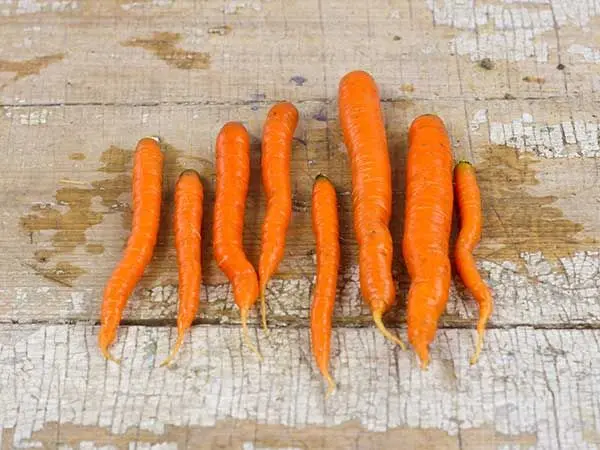
You can start planting carrot seeds directly in the ground since they don’t transplant well. Keep the soil moist during germination and thin out seedlings for healthier growth. Harvest them in about 60-80 days for crisp, flavorful results. They’re perfect for salads and cooking.
Strawberries: A Beginner’s Entry into Fruit Gardening
Strawberries are an excellent choice for beginner gardeners due to their versatility and fast-growing nature. You can grow them in pots, hanging baskets, or directly in garden beds. They thrive in well-drained soil with plenty of sunlight, making them an adaptable option for most climates.

To get started, choose between bare-root plants or strawberry runners. Bare-root plants are ideal for immediate planting, while runners allow you to propagate and expand your garden over time. Regular watering and mulching are essential to keep the soil moist and suppress weeds.
Fertilize your plants occasionally to boost fruit production and health.
How to Care for Your Edible Plants: Watering, Soil, and Sunlight
Proper care for your edible plants is crucial for healthy growth and a bountiful harvest. Here’s how to ensure they thrive:
Watering
- Monitor soil moisture regularly; keep it consistently damp but not waterlogged.
- Water deeply at the base to encourage strong roots, early morning is ideal.
- Avoid wetting leaves to prevent fungal infections.

Soil
- Use nutrient-rich, well-draining soil specific to your plant’s needs.
- Amend with compost to maintain fertility and texture.
- Test pH levels to ensure the soil is in the required range for optimal growth.
Sunlight
- Provide 6–8 hours of daily sunlight, as most edible plants thrive in full sun.
- Adjust placement for partial shade if plants are prone to scorching.
- Rotate pots or plant beds to evenly distribute light.
Common Challenges Faced by Beginners and How to Overcome Them
Starting your edible garden can be exciting, but there are hurdles you might face.
- Overwatering or Underwatering: You may struggle to find the right balance. Check your plants’ soil moisture regularly and learn each plant’s watering needs.
- Pest Problems: Aphids, slugs, or caterpillars can harm your young plants. Use natural deterrents like neem oil or introduce beneficial insects like ladybugs.
- Poor Soil Quality: Your plants need nutrient-rich soil. Amend it with compost or organic fertilizers to boost fertility.
- Inconsistent Sunlight: Plants need proper light to thrive. Place your garden where it receives at least 6–8 hours of direct sunlight.
- Seasonal Mismatches: Planting at the wrong time impacts growth. Learn your area’s planting calendar for the best results.

Tackle these issues step by step to ensure your gardening success.
Conclusion: Start Small, Grow With Confidence
Starting your edible garden doesn’t have to feel overwhelming. You can begin with just a few easy-to-grow plants that suit your climate and space. Focus on low-maintenance options, like herbs or salad greens, which deliver quick rewards and build your confidence as a gardener. Use well-draining soil, water consistently, and place your plants in a sunny spot to maximize their growth. Once you feel comfortable, explore adding more challenging plants to expand your garden. Gardening is as much about learning as it is about growing, so take it step by step, and enjoy the process of nurturing your own edible plants.

